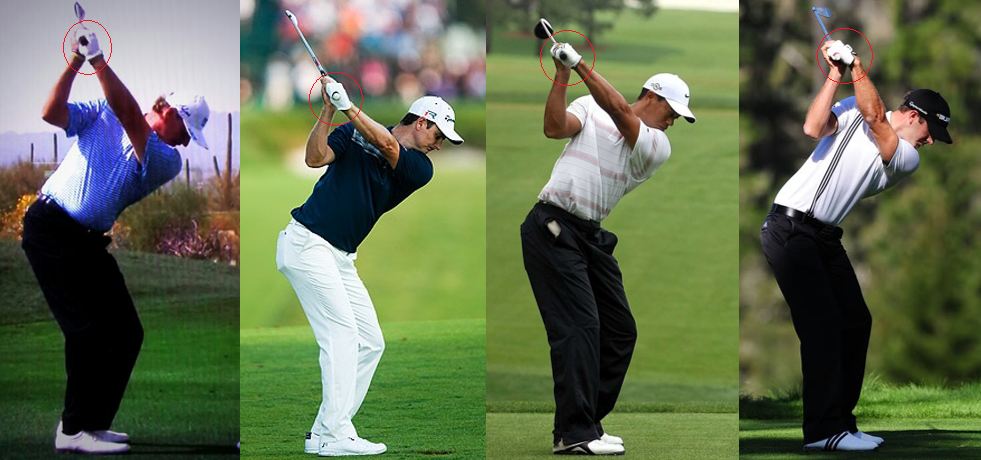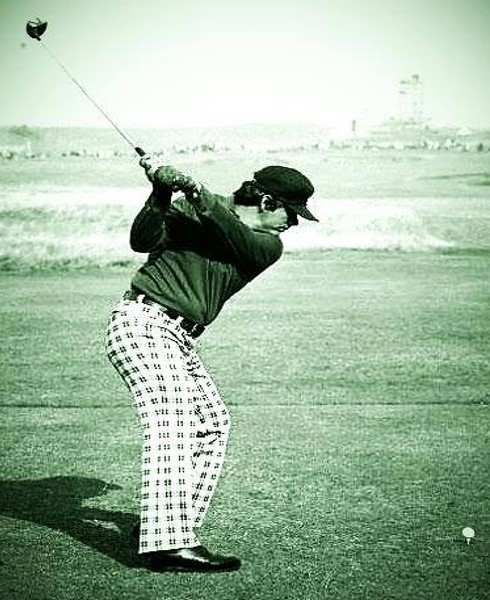A Long Swing or a Short Swing?
/The good news is that either one can get the job done, but we cannot view these two very different golf swings through the same lens. There are certain fundamental differences that we must keep in mind. Watch...
For the shorter backswing:
- Get the wrists, arms and shaft organized early in the backswing
- The club should favor being laid off at the top
- The lead wrist should be flat or bowed at the top
For the longer backswing:
- There is more freedom in the backswing as player has more time available to organize in transition and on the way down
- The club should favor being across the line
- The lead wrist can be either cupped or bowed
I do typically prefer slightly longer swings over shorter swings, but above all else I prefer swings that work. If you look at the greatest players of all time you'll see significantly more long swings than noticeably short swings. I have also found that longer swings will typically produce faster club speeds. Never a bad thing!
Keep in mind that these are generalized ideas that have been found to work on the students I have been fortunate to coach over the years. They have also been verified by other coaches and a scientist or two, but they are not set in stone. The objective is always improved performance.
.









